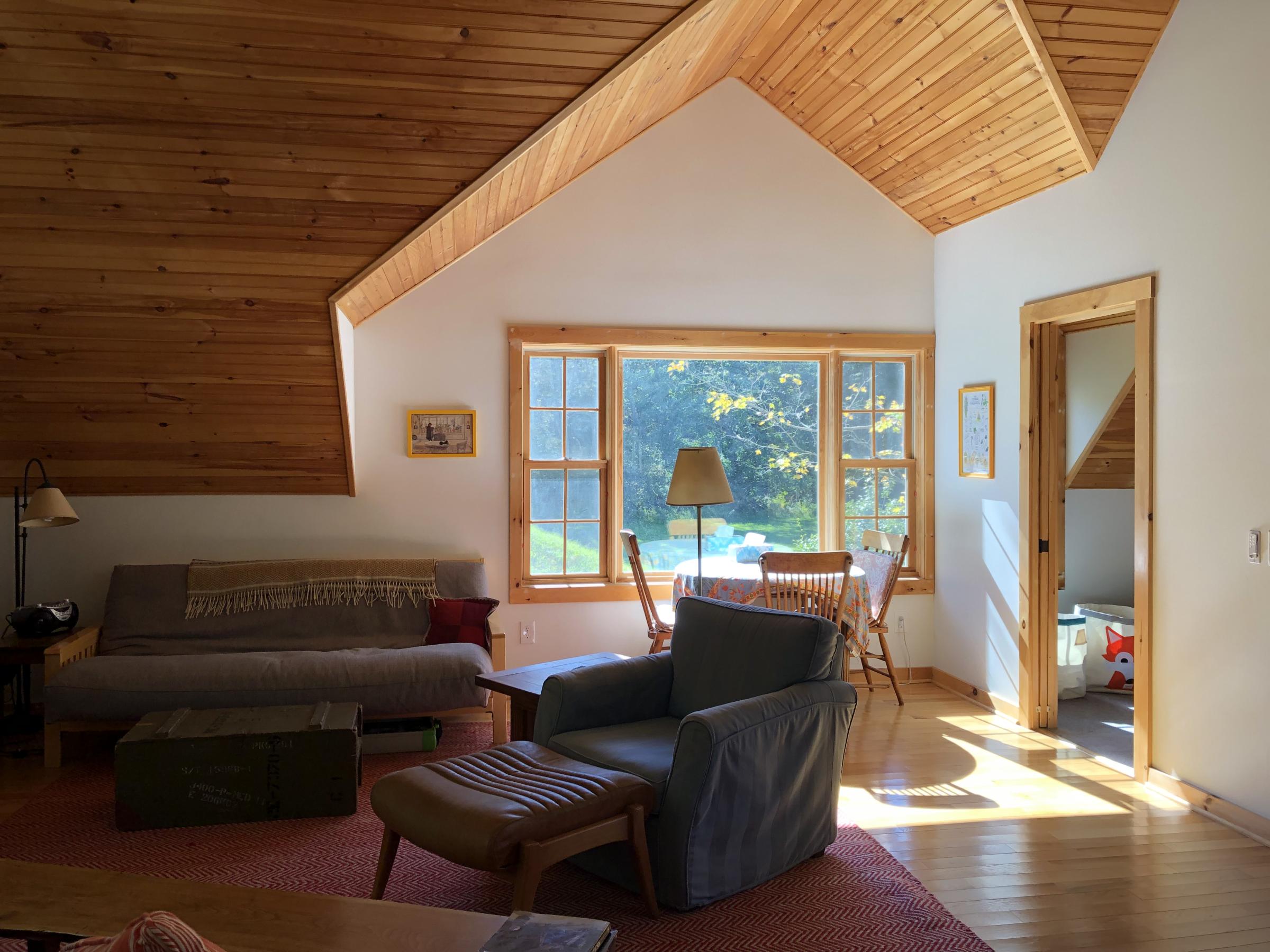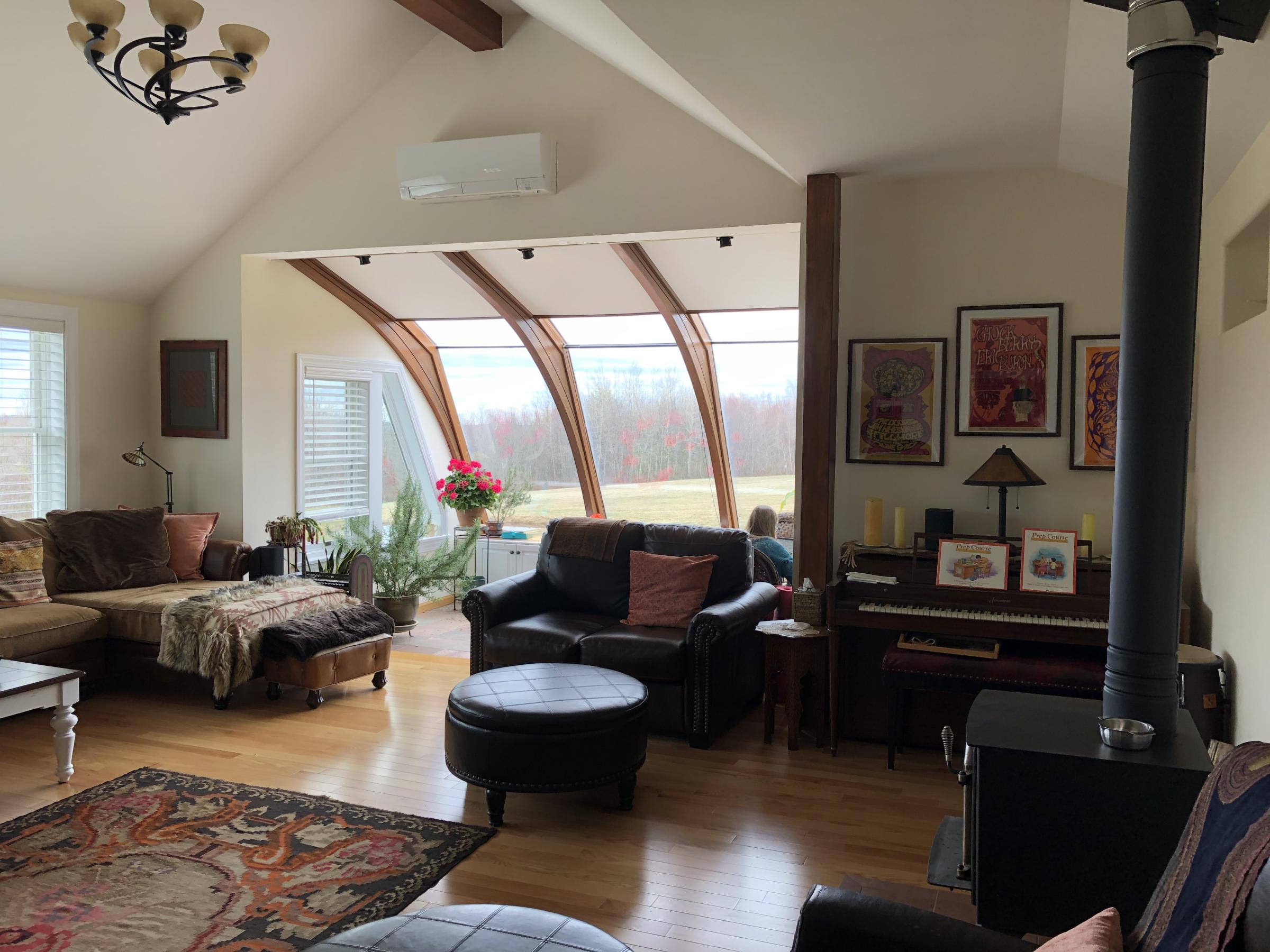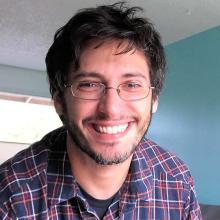COMPANY SPOTLIGHT: Terra Design-Build
BuildingEnergy Access is a NESEA initiative to support the work of WMBEs (women and minority-owned business enterprises) by connecting them with the resources of the NESEA community. Each month, we'll introduce a participating company to the wider NESEA community through a spotlight interview.
We recently sat down with Wendy Brown of Terra Design-Build, a woman-owned architecture firm focused on sustainably designed residential and light commercial projects. They are based in Dalton, Massachusetts and licensed to work in both MA and VT.
We discussed their work, running the business, and their impressions of the BuildingEnergy Access program so far...
Ian Reed: So to kick it off, what's the 30 second pitch for your business?
Wendy Brown: Terra Design-Build is an architecture firm focused on residential and light commercial projects. Our tagline is “Design with the Earth in Mind,” so I focus on earth-friendly materials, sustainability, and resiliency. We’re based in Dalton, Massachusetts, and we’re licensed to work in MA and VT.
I tend to work from the building outward into the site, into town even; we focus on walkability. For future resilience, having people in a walkable community makes a huge difference. For example, doing projects that function as infill in cities, instead of building out in the middle of nowhere, where you drive everywhere you want to go, is going to save a lot of carbon. Those larger, structural ideas are kind of in the back of my mind. The goal is reducing the overall reliance on fossil fuels, in whatever ways we can. So if anybody wants to reduce their reliance on fossil fuels, I'm right here <laugh>.
 IR: <laugh>. Well, you've got the right audience here <laugh>. What inspired you to start your business? How long have you been in this line of work?
IR: <laugh>. Well, you've got the right audience here <laugh>. What inspired you to start your business? How long have you been in this line of work?
WB: I think it was 2014. Around then, I found out what a huge problem climate change was, and was going to be in the future. That's kind of when I started getting involved in this business.
Before then, I was working at another architectural design company, which I left in late 2013 to do my own thing. But within three months of my leaving, the principal died suddenly, so I went back to work there part-time, to help them transition. I worked there for another seven years, but they knew what kind of work I really wanted to do, which was green building. Sadly, that was something they weren't interested in at the time. So finally, three years ago, January 1st, 2022, I officially left and went all in on my own green building business.
IR: Congrats on the recent anniversary!
WB: Yep, thanks.
IR: What kind of projects have you been working on? Is there one example that pushed you in any interesting directions?
WB: There's a project that's actually kind of ongoing, working with the Berkshire Environmental Action Team. Phase One is complete and Phase Two is in design right now. It's exactly the kind of work I want to be doing.
IR: Oh, cool. What kind of project is it?
WB: They bought a little chapel and they're renovating it for resiliency, so that people can come in during a power outage and find refuge. They can come and, you know, recharge their phones, or use the computer, stay warm or stay cool. Hopefully, eventually, maybe people can even charge their cars there.
A lot of the first phase was accessibility work; we added an accessible bathroom, things like that. Phase two is going to be insulating the chapel roof and putting solar on at least that portion. We’ve been planting fruit trees, removing invasives, and making sure to plant natives. We’re really trying to approach this project holistically. The director of the organization has been great to work with. The organization has so many earth friendly programs and educational series’, it’s fantastic..
IR: Where would you like to take the business in the future?
WB: My son has started working for me part-time, so I'm hoping to do more work together in the future. He just finished his mechanical engineering degree, with a minor in architecture. We're working on mechanicals and energy  modeling together, so I'm hoping to expand our services that way.
modeling together, so I'm hoping to expand our services that way.
Having “design-build” in the company name, rather than “design-bid-build,” reflects the way I prefer to work; with the owner, contractor and architect on the same team from the beginning. So, right now, my son and I are trying to figure out if we go full design/build collaboratively, or if he will remain focused on mechanical engineering, energy modeling, and mechanicals. So, we'll see. Either way, we’re expanding services for reducing fossil fuel.
You know, the world is not necessarily as ready to go all in as I am on earth-friendly materials, hyper insulation, and triple pane windows <laugh>. My goal right now is to move the needle where I can. In my consulting work with builders or architects, I’m able to ask, “What earth-friendly materials can we use instead of others?” If someone hasn't heard of wood fiber insulation, it’s a chance to ask, “Hey, have you heard of wood fiber? Well, they're making it in Maine now.” Or, “Have you done exterior insulation yet?” I still have not successfully convinced anybody to use reclaimed insulation, although I do know a local contractor who has used it.
For example, we're going to visit Rare Forms to check out the straw panels they’re producing. My son and I are going, and the client's coming with us, so it'll be a fun day out. We’ve got a lot of irons in the fire.
IR: Straw wall panels are an interesting example: I'm sure a lot of the conversations you have with either owners, or maybe even other builders, involve kind of educating the other people about the benefits of one material over another. I'm curious about how you go about finding materials that you are happy to work with and recommend?
 Sometimes I go to salvage stores and pick up some things that might be useful in the future. For instance, I grabbed some tiles, from a couple different places actually, and found that they matched each other in size, and they were probably the same brand, so I was able to design a bathroom floor that was three different size tiles and five different color tiles, and I created a pattern.
Sometimes I go to salvage stores and pick up some things that might be useful in the future. For instance, I grabbed some tiles, from a couple different places actually, and found that they matched each other in size, and they were probably the same brand, so I was able to design a bathroom floor that was three different size tiles and five different color tiles, and I created a pattern.
IR: Oh, that’s fun. That's a great example.
WB: Almost all of it was salvage tiles. We did have a few store bought tiles, but most of it was salvaged. It’s a chance to show clients, “Yes, it took extra time, but it’s using less material.” So you're paying for the tile work, the install, more so than the materials, which is great, because why not pay a person to earn a living? Why not save some carbon at the same time?
Generally speaking, over time, I've just kind of absorbed a lot of information about materials. I've been looking at the BEAM program and studying some of that. As far as carbon emissions, I just read a lot. I learn a lot. I go to NESEA programs <laugh>.
Some of these measures have been adopted by my clients and used successfully after a little bit of nudging. Because, you know, any way I can move the needle is progress. That's what I've been trying to do.
IR: Right, “The goal is reducing the overall reliance on fossil fuels, in whatever ways we can.”
WB: Yes, right.
Another thing I'm working on is a mini trade fair. We all know there's a shortage of tradespeople and there's a great organization called Trades Up that is putting on trade fairs for young people, and creating a model or a guide for people to do it in other areas. I'm hoping to do a small one in Berkshire County soon. Hopefully then more people will get involved and we can make it bigger. You know, it's not exactly related to my business, and it (event planning) isn’t exactly in my wheelhouse, but it's important. So, yeah, that's something I'm working on too.
I’m also excited about the new Massachusetts ADU bylaw, to increase housing options. I'm actually working on an ADU project right now that the owner wants to use as a teaching tool, in conjunction with the local trade school. She wants to hopefully have a day or two where the students actually work on it and learn from it.
IR: Could you talk a little about your participation in NESEA’s BuildingEnergy Access experience so far? What was it that motivated you to join the program?
WB: Well, the community. Terra Design-Build is still a new company, so it was great to learn more about business and to connect more with the NESEA Community. I kind of knew that would be a win-win because I love spending time  with the people I've met through NESEA. Seven Strong* is just a great group of people; they're smart, they're sharing, they're welcoming. It's just been a really supportive group and I’m looking forward to the second year.
with the people I've met through NESEA. Seven Strong* is just a great group of people; they're smart, they're sharing, they're welcoming. It's just been a really supportive group and I’m looking forward to the second year.
We're in different stages of building our companies and all the businesses are different sizes and have different focuses within the green building industry, so just hearing about all that is automatically a learning experience. It's great to have a lot of different minds in the room, to bat around ideas with, and it feels good to help support people.
IR: ok, thanks again for sitting down with us today. It was a pleasure to meet you!
WB: Thank you!
*Note: Seven Strong is the nickname of the grant-funded Access cohort that Terra Design-Build participates in
Our Mission
NESEA advances sustainability practices in the built environment by cultivating a cross-disciplinary community where practitioners are encouraged to share, collaborate and learn.






